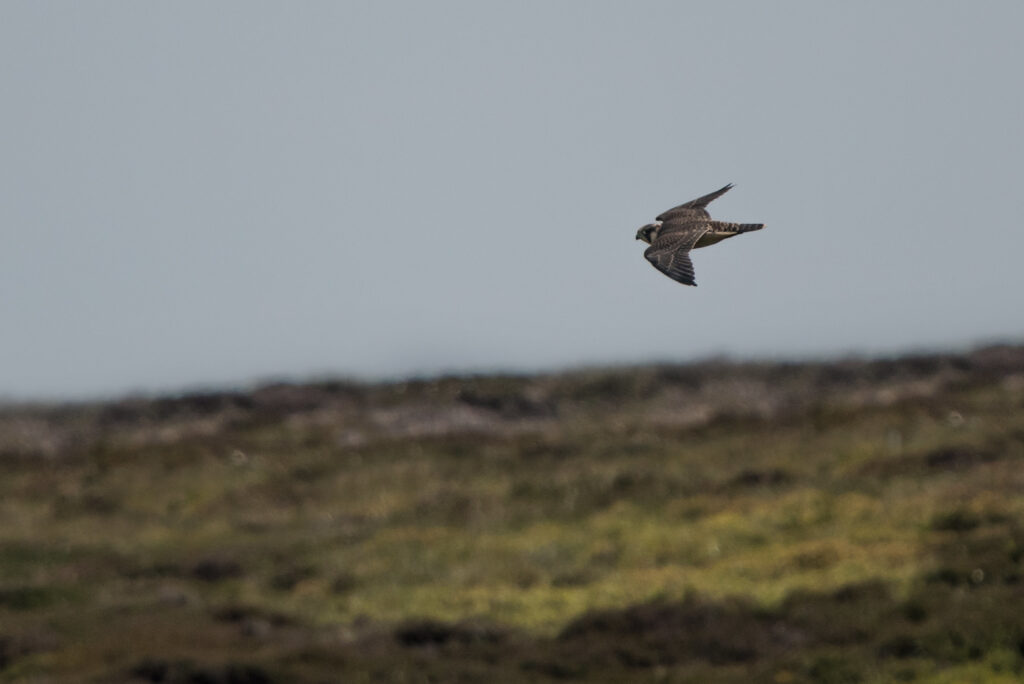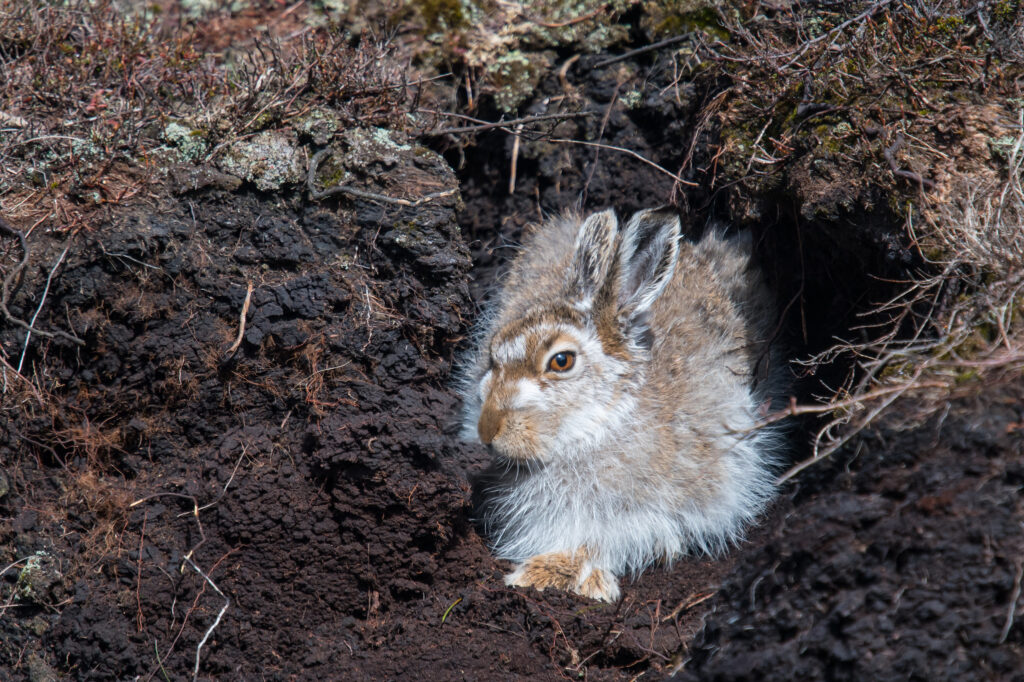Birds of prey shot, poisoned and trapped

Birds of prey are a treasured part of the moorland landscape and strike awe in anybody privileged enough to encounter them. Where they are absent, there is a longing for them to be returned, with polling finding that over two thirds of the British public support raptor reintroductions.
Despite having been legally protected for nearly seventy years, birds of prey continue to be unlawfully shot, trapped, poisoned and have their nests destroyed as part of an ongoing wave of wildlife crime on grouse moors. These criminal acts, which are performed to maintain large numbers of game birds for shooting, are resulting in goshawks, peregrine falcons, red kites and hen harriers being absent from large parts of the uplands where grouse moors are a dominant land use. This has been documented by evidence reports for the Peak District, Yorkshire Dales and Nidderdale and is recognised by the National Wildlife Crime Unit, which has briefed law enforcement agencies that “intelligence continues to indicate a strong association between raptor persecution and grouse moor management.”
Wildlife crime presents a major threat to biodiversity and the effects of persecution on bird of prey populations in the British uplands are widespread and profound. A ten year study of 58 satellite-tagged hen harriers, performed by the government’s nature protection agency, Natural England, found that the red-listed raptors are 10 times more likely to die or disappear under suspicious circumstances on grouse moors than any other habitat.
Whilst the full extent of illegal killing is unknown, given much of it takes place in secret, hen harrier and other bird of prey populations will only recover in the absence of persecution. To this effect, the Joint Nature Conservation Committee estimates that northern England’s uplands are able to host 300 breeding pairs of hen harriers — a significantly greater number than the 19 breeding pairs recorded in 2020.
Moorland hares hunted towards extinction

Hares are one of Britain’s most iconic wild mammals, however as their populations have declined by more than 80 per cent they are at risk of being lost from the countryside forever. Persecution is one of the factors driving vulnerable hare populations towards extinction.
In the uplands hares are culled by grouse moors because of claims the gentle creatures transfer tick-borne viruses to game birds, although there is no reliable or independent evidence to back up this assertion. One of the ways that grouse shooting estates destroy hares is to invite packs of hunting hounds onto the moors during the Autumn and Winter months to illegally chase down and kill the wild animals.
In the Peak District National Park grouse moors are going to considerable effort to eradicate England’s only population of iconic mountain hares, which are recognisable by their distinctive white winter coats. From 1999 to 2017 the scale of the mountain hare declines on grouse moors increased dramatically to over 30 per cent every year, leading to population counts in 2017 of less than one per cent of the original levels in 1954.
It is clear that hares need and deserve full protection if the species is to be brought back from the brink of extinction.